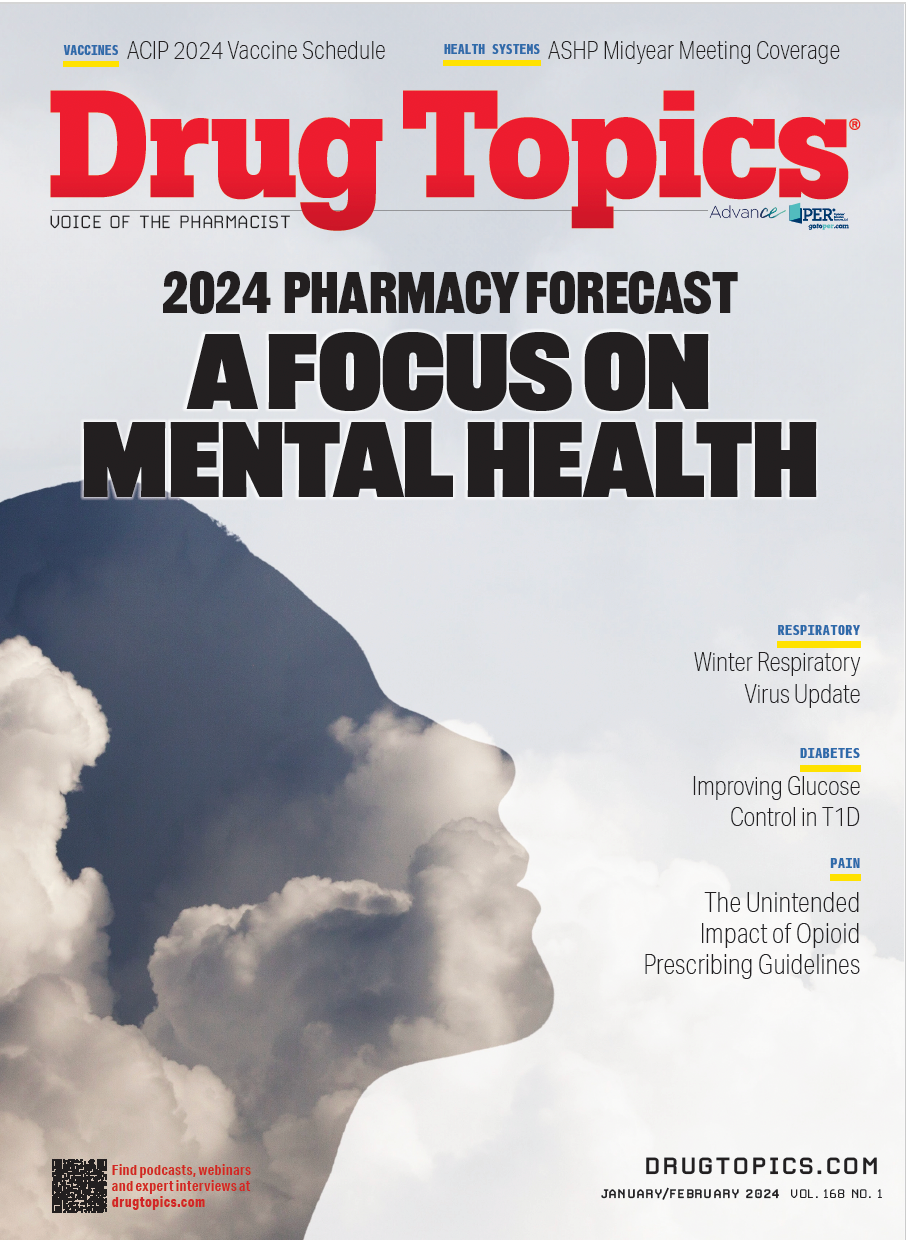How Patient Characteristics, SDOH, Impact CLL, SLL Treatment Backdrop
Social determinants of health (SDOH), such as financial disparities or lack of insurance, create barriers to accessing breakthrough therapies like BTK inhibitors among patients with CLL and SLL.
The introduction of second-generation Bruton-tyrosine kinase (BTK) inhibitors to the chronic lymphocytic leukemia (CLL) and small lymphocytic lymphoma (SLL) treatment landscape has ushered in a new era of targeted therapy for patients with these types of cancers. The promise of these drugs, however, remains out of reach for many who need them.
Drug Topics sat down with David J. Andorsky, MD, presenter at the 65th American Society of Hematology Annual Meeting and Exposition, to discuss the benefits of newly introduced therapies like BTK inhibitors, as well as how patient characteristics, like social determinants of health (SDOH), influence their accessibility.
“[The introduction of BTK inhibitors] has caused a seismic shift in the way we treat CLL,” Andorsky said. “Five or 10 years ago, we used a lot of chemotherapy—drugs that are very toxic and cause a lot of long-term side effects. The introduction of BTK inhibitors, and also venetoclax…are superior, just in efficacy alone, compared to the old chemotherapy regimens.”
Although the introduction of BTK inhibitors have provided great benefits to patients with CLL and SLL, Andorsky said, their access has not been guaranteed to all those in need; it is critical that health care providers understand how SDOH, like those associated with finances or location, impact the delivery of such treatments.
“Patients have all different kinds of reasons for not being able to afford medication, take [medication], or adhere to therapy, and a lot of that does have to do with their economic situation [or] living situations. Patients have to travel very far to the clinic from a rural environment, and that’s going to get in the way of their care.”
Andorsky emphasized the responsibility that doctors have in understanding these patient challenges on individual levels, as well as how upholding this responsibility can help patients overcome barriers to care.
“When you take a step back, you can see how [these challenges] are really impacting things, then you can tune-in to an individual patient in front of you and see how some of those factors are affecting that patient.”
